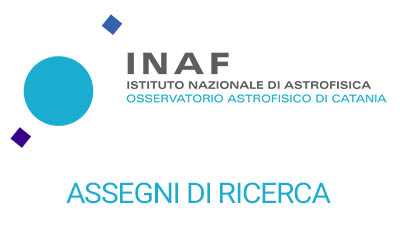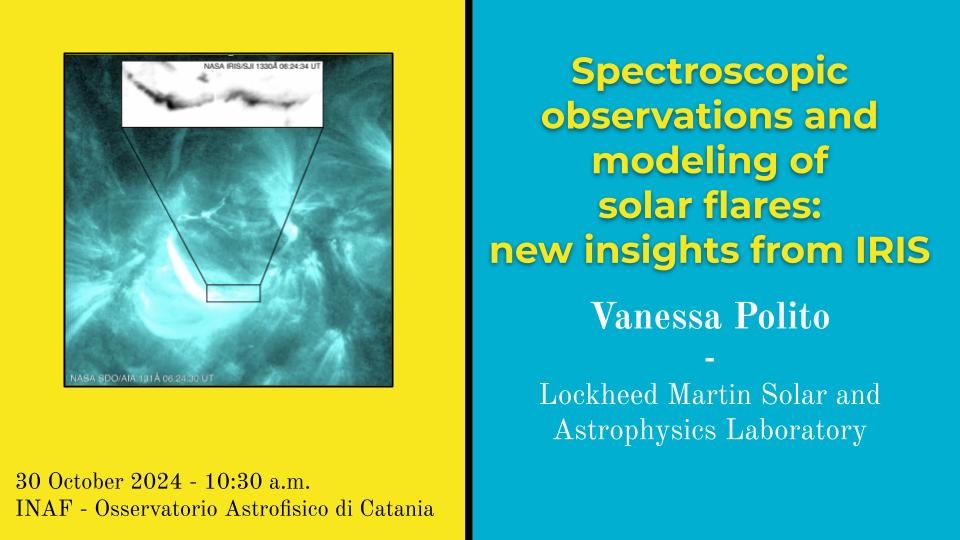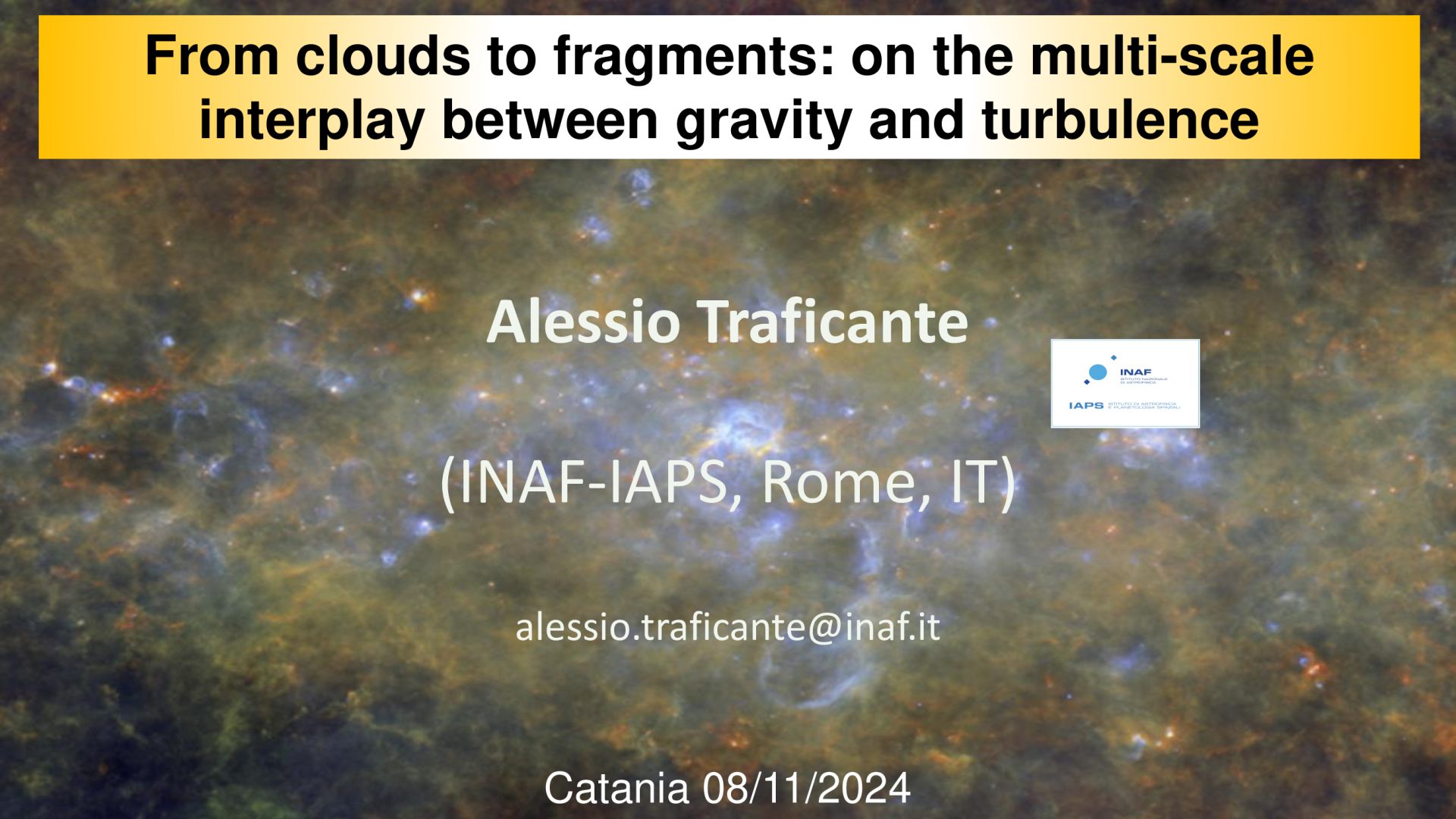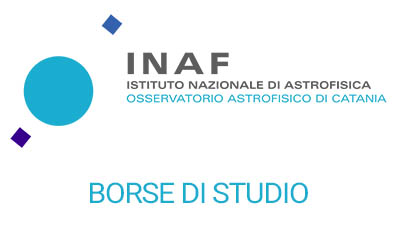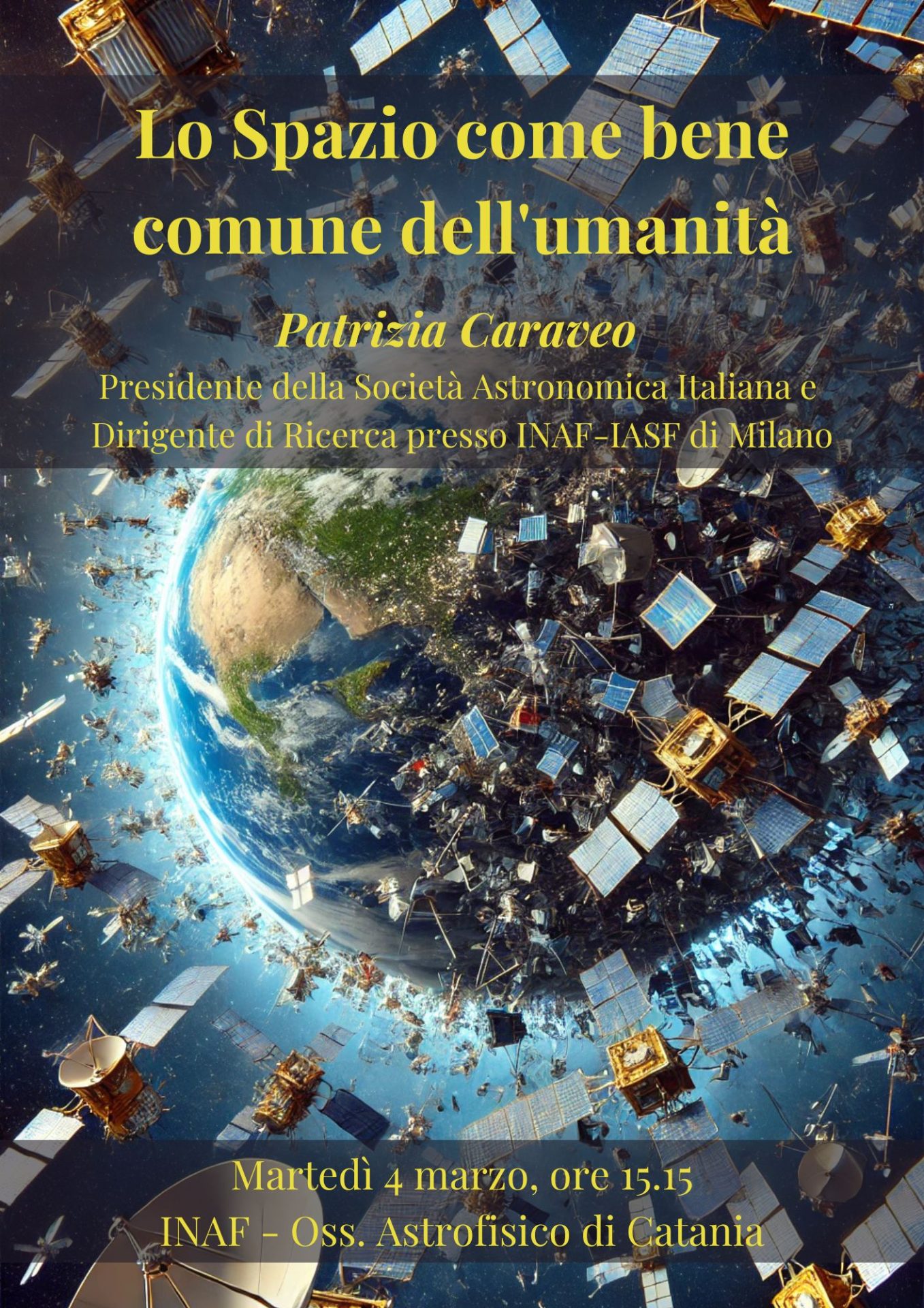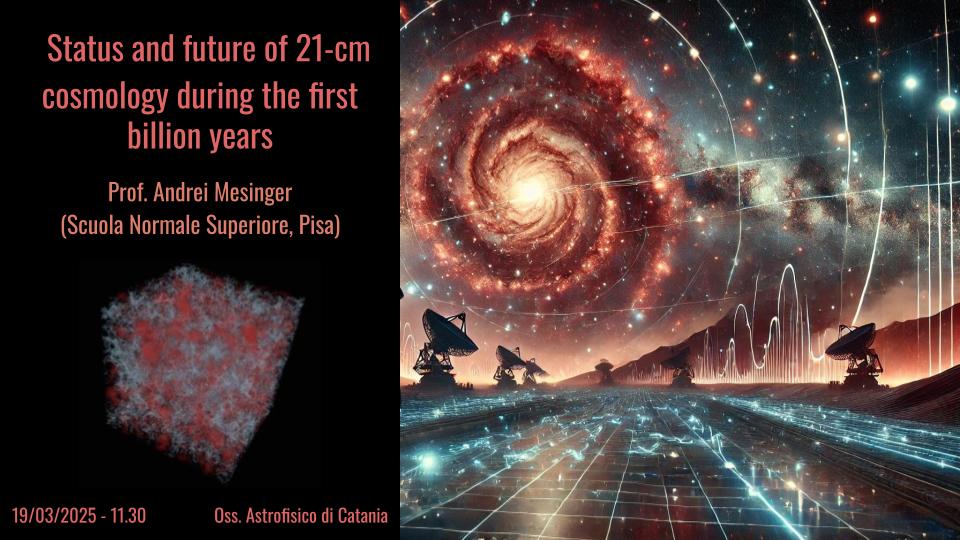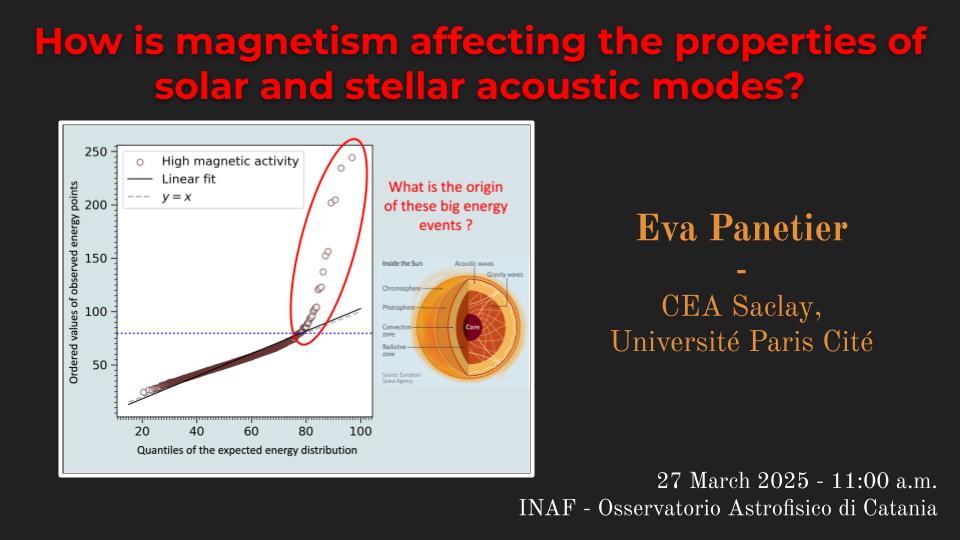Outside of solar neutrinos, the only way to directly probing solar and stellar interiors is to use seismic techniques, i.e. studying the waves propagating inside them. In the case of the Sun, acoustic waves are excited by turbulent motion in the convective envelope, and propagate towards the interior, creating a variety of standing pressure modes (p modes). By investigating how small perturbations influence the modes parameters, it is possible to probe the structural and dynamical properties of the star such as internal rotation and mixing, chemical composition, density, convection zone depth, etc. In the stellar case, asteroseismology allows the inference of the stellar fundamental parameters such as mass, radius, and age. Although, solar p-modes frequency, amplitude, and energy vary in relation with the solar magnetic cycle and similar variations were observed for other magnetically active solar-type stars, such a variability is often overlooked in stellar modelling. In the context of the preparation of the PLATO mission, whose aim is to characterize Earth-like planets orbiting solar-like stars in part thanks to asteroseismology, we need to better understand the relation between magnetic variations and modes parameters. In this seminar, I will focus on the excitation of the solar p modes using the last 28 years of data from the SoHO/GOLF instrument, with a method gathering a better temporal resolution compared to classical approaches. In this framework, I was able to perform a statistical study of the energy of the modes. Summing the energy of all studied modes, I will demonstrate that there is a discrepancy between the observed excitation rate and the expected rate under the hypothesis of excitation driven entirely by turbulent convection. I will discuss the link between this discrepancy and surface magnetism effects such as flares and coronal mass ejection. In conclusion, I will explain how a better understanding of the relation between the dynamo mechanism and modes properties variation across time would allow us to improve the constraint we have on stellar dynamics and obtained refined stellar fundamental parameters.
